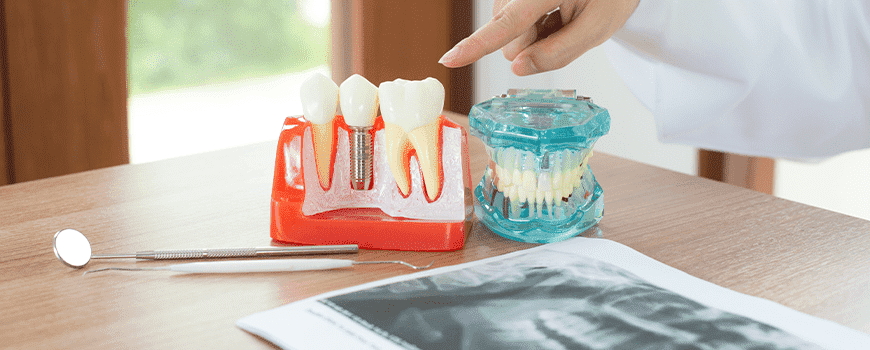Everything About Porcelain Veneers
Salih ÖNDER2022-09-05T13:56:57+03:00What is a prosthesis?
Prostheses, which are popularly called veneers or dentures, are artificial teeth made to replace teeth lost for various reasons or to eliminate aesthetic disorders, so that the person can perform chewing and speaking functions.
If the cavities in the mouth have caused excessive damage to the teeth and have caused the teeth to become unable to be filled, porcelain veneer is one of the main applications in order to save the healthy main tooth.
What is the purpose of prosthetic applications?
The purpose of prosthetic applications is to make artificial teeth that are compatible with the person’s face and that can fulfill the chewing and speaking function closest to the natural.
Who can porcelain veneer be applied to?
- Lost a tooth or teeth for any reason
- Have broken, discolored or disfigured teeth
- Those who do not want to undergo orthodontic treatment
- Porcelain veneer can be applied to anyone over the age of 18.
- What are metal-backed porcelain veneers?
Metal-supported porcelain veneers, as the name suggests, are made by placing metal alloys under the porcelain during construction. In metal-supported coatings made using Chromium-Cobalt or Chromium-Nickel alloy, which are suitable for the tooth tissue and have the necessary durability, the porcelain placed on the metal is affected by the metal under it. Since the metal in the substructure does not transmit light, it creates a matte appearance and a dark line at the gingival level. For this reason, metal-supported veneers are not recommended for aesthetic reasons, especially for teeth in the anterior region.
What is zirconium supported porcelain?
Zirconium supported porcelain veneers are prostheses that use zirconium alloy, which has a white color instead of metal, as a substructure.
What are the advantages of zirconium supported porcelain veneers?
Zirconium veneers,
- It has an aesthetic appearance very close to natural teeth.
- It is much more aesthetic than metal-supported coatings.
- It reflects light.
- Since white alloy is used as the substructure, no dark line is formed at the gingival level.
- It is 100% compatible with the human body. Does not show allergic reaction.
What are full porcelain veneers?
They are made of reinforced porcelain. As the name suggests, no metal or any other substance is used in the infrastructure. Full porcelain veneers, which have a higher cost than other porcelain veneers, have the closest aesthetic appearance to natural teeth.
What is Laminate Coating (Laminate Veneer)?
Laminate, also called leaf porcelain, is an aesthetic application made by gluing a layer prepared from porcelain to the front surfaces of the teeth in front teeth with aesthetic problems. These veneers made of porcelain are a thin, semi-permeable layer. They are prepared and placed on an existing tooth with perfect fit and precision. Since a very thin layer is removed from the tooth surface, the level of damage to the tooth is minimal. They are very successful aesthetically, as they are very thin and do not contain metal.
Who can Laminate Coating be applied to?
- Aesthetically dissatisfied with the appearance of their teeth,
- Those who do not want to have orthodontic treatment,
- Fractures or splits in anterior teeth
- It can be applied to people with discoloration in the anterior teeth.
- Are Laminates Long-Lasting? Is it durable?
- If you want to use it for a long time after having leaf porcelain, you need to pay attention to your oral care. In addition, not biting very hard foods and giving up on habits such as nail biting will help extend the life of your coatings.
- How long does it take to prepare porcelain crown-bridge (veneers)? What are the stages?
- After the examination is done and your treatment is decided, the first step is to measure your mouth and tooth structure. Porcelain veneer is cut and reduced so that the veneer can be placed on the teeth. The measure taken is sent to the prosthesis laboratory and the infrastructure is awaited for rehearsal. After the rehearsals related to the infrastructure (gingival compliance, height control) are done, the aesthetic rehearsal stage is started. After choosing a tooth color that is compatible with the patient’s skin and face, the final rehearsal is performed. When the desired result is achieved, the process is completed by performing the bonding process called cementation. This process we have described covers a period of approximately 10-15 days.
- How long do porcelain veneers last?
- Of course, porcelain veneers also have a lifespan. Porcelain veneers can be used for about 10 years without any problems. However, it is possible to extend the service life of porcelain veneers by taking oral care.
- Worn porcelain veneers can cause bad breath, gum recession and tooth loss as a result of this disease. For this reason, it is recommended to renew the worn prostheses.
How should porcelain veneers be maintained?
For various reasons, many people use dental prostheses called crowns, bridges, etc. The use of dentures does not mean that less attention will be paid to oral and dental care. Although there is a common belief among the public that dentures do not need as much care as real teeth, it is a known fact that the surface of the denture is more conservative than the enamel layer of the tooth. In other words, more plaque formation is encountered on the surface of the prostheses. However, dentures that are cleaned regularly and effectively have a longer life and are more comfortable to use.
If prosthesis care is not done regularly,
- Bad breath
- gum ailments
- Rotten
- Stain on the prosthesis
- It can be met with many ailments such as infection in the mouth.
How are fixed prostheses maintained?
The area between the crown end and the gingiva should be cleaned especially well. Otherwise, bacteria may multiply in this area and cause cavities or gum disease.
- Patients with fixed prosthesis;
- Brush your teeth at least 2 times a day.
- Use mouthwash, interface brush, or dental floss.
- In patients with a bridge prosthesis, the bottom of the prosthesis, which acts as a bridge, should be cleaned very well, otherwise gingival recession may occur in the teeth on the bridge foot.
How to care for removable dentures?
- After meals, remove food residues by washing your denture in water.
- You should brush your dentures regularly after certain meals, especially before going to bed. This process prevents plaque and stain formation.
- In the brushing process, water and various toothpastes or prosthetic care products are used. Do not use abrasive powders
- Take care to clean all surfaces of the prosthesis.
- From time to time, you can keep your prosthesis in special prosthetic fluids. You should use your prosthesis, which has been exposed to chemicals, after washing it.
- The most effective way to keep the prosthesis clean is to soak it in chemical liquids a few times a week along with daily brushing.
Pendik Hospital
Chief Physician Dt. Omer KADIOGLU

